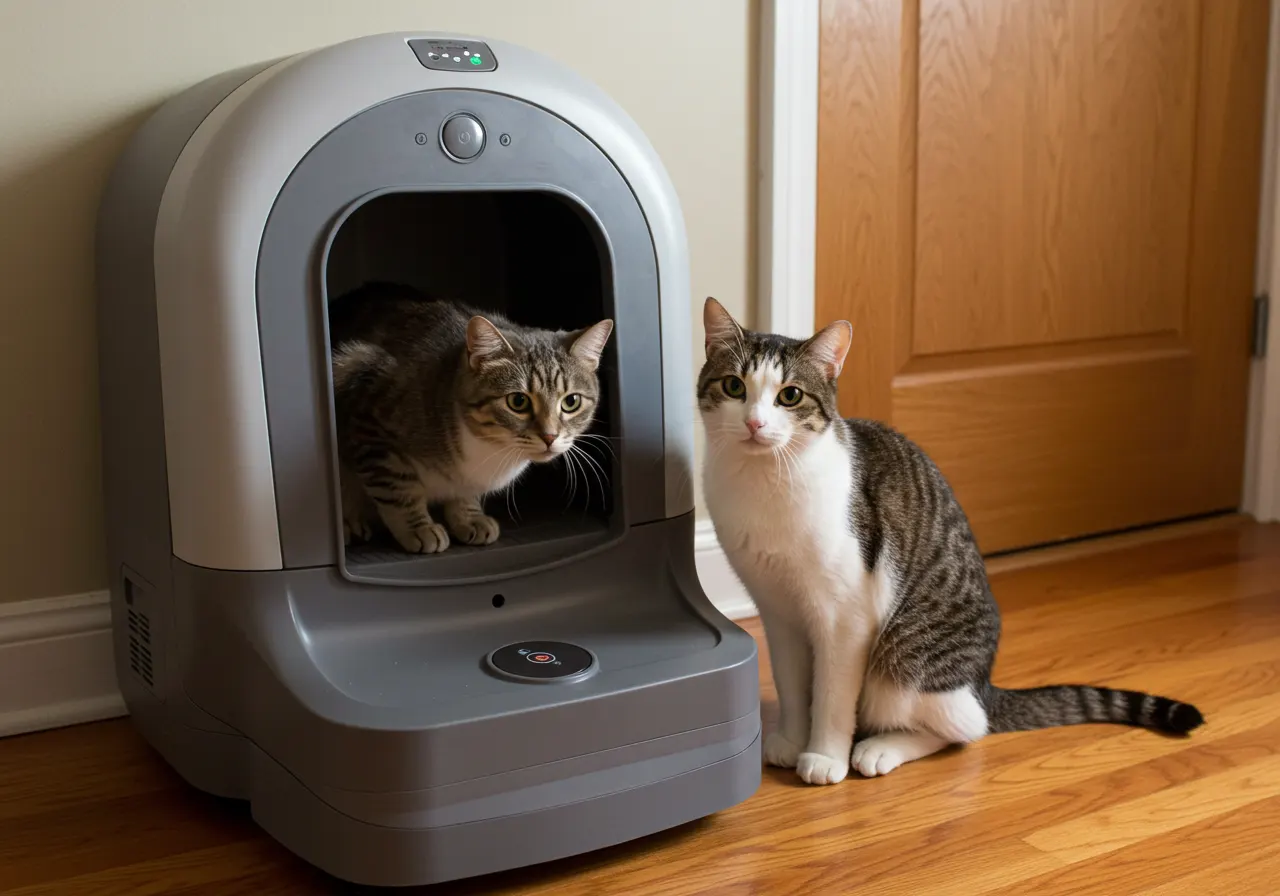Understanding the Litter Robot and Your Cat’s Needs
Bringing home a Litter Robot can feel like a leap into the future of feline care, but it’s essential to remember that cats are creatures of habit. Imagine Bella, your fluffy tabby, who’s mastered the classic tray-and-scoop routine. Introducing an automatic self-cleaning unit may leave her puzzled at first. Acknowledging your cat’s attachment to the familiar helps you approach training with patience and empathy.
Every cat’s comfort zone is different. While the Litter Robot offers convenience for you—no daily scooping—the rotating globe and motion sensors can be intimidating. Before expecting your cat to embrace this hi-tech accessory, take time to observe her body language around it. A confident tail flick or tentative sniff are positive signs. If she arches her back or darts away, she needs a gentler introduction.
Ultimately, training revolves around understanding your cat’s physical and emotional needs. The ideal introduction combines respect for her natural instincts—privacy, stability, and clear entry points—with small, incremental changes. By acknowledging her pace and personality, you set the stage for a smooth transition from old habits to new technology, ensuring both comfort and confidence as she learns to use the Litter Robot.
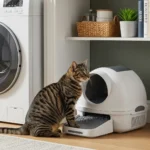
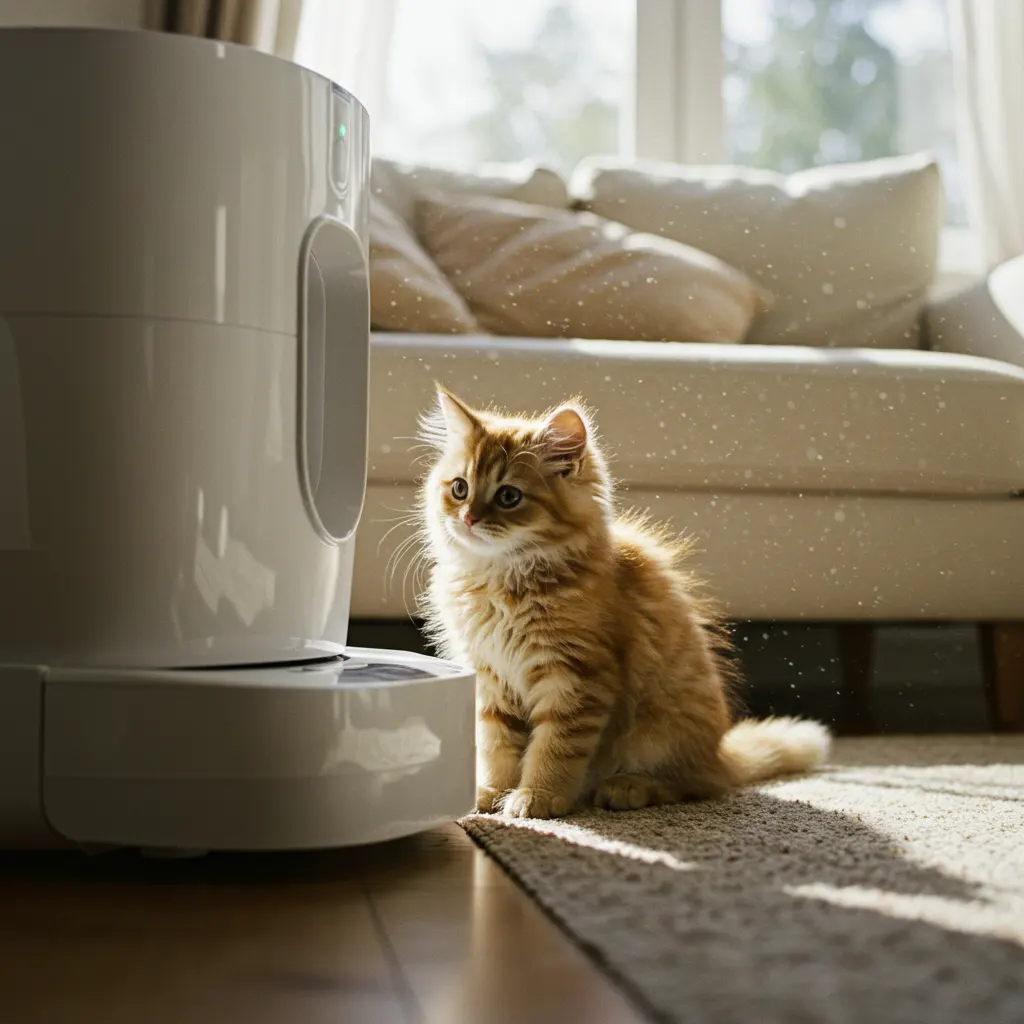
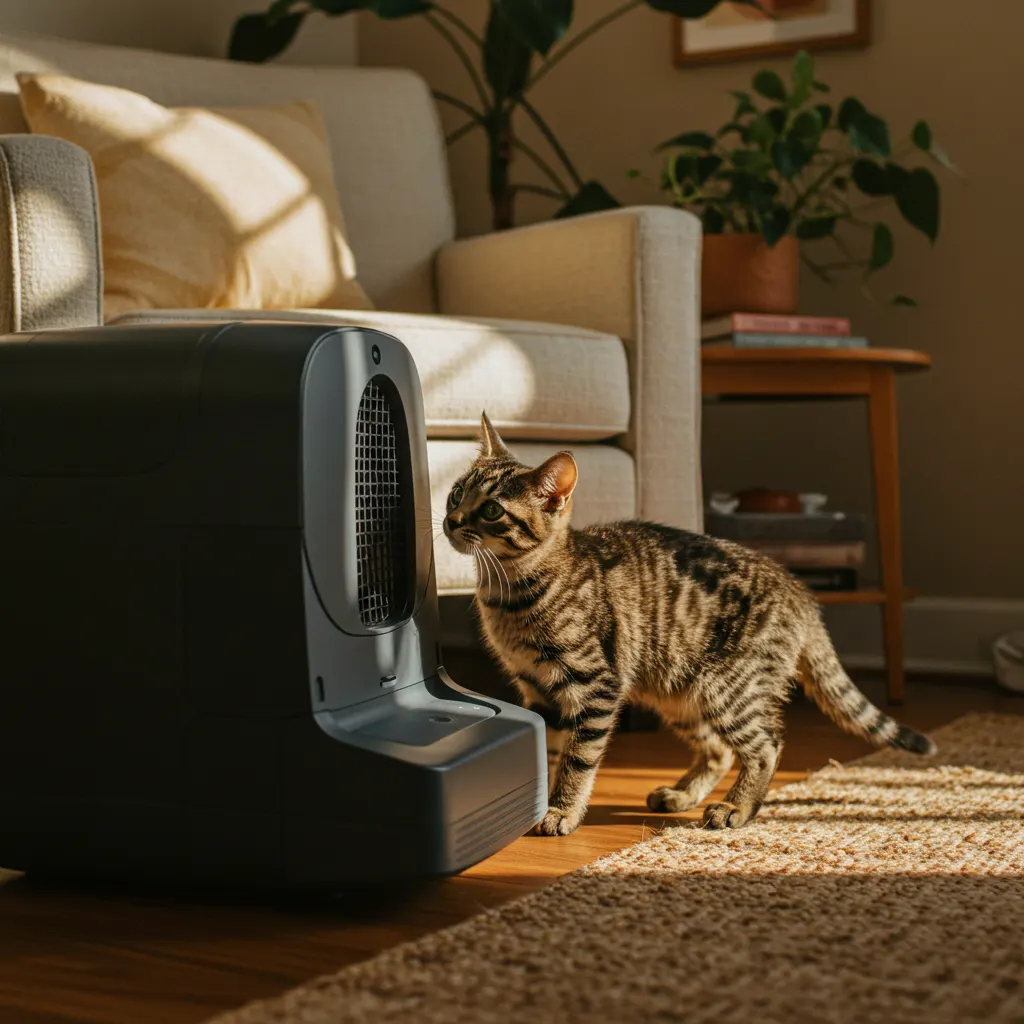
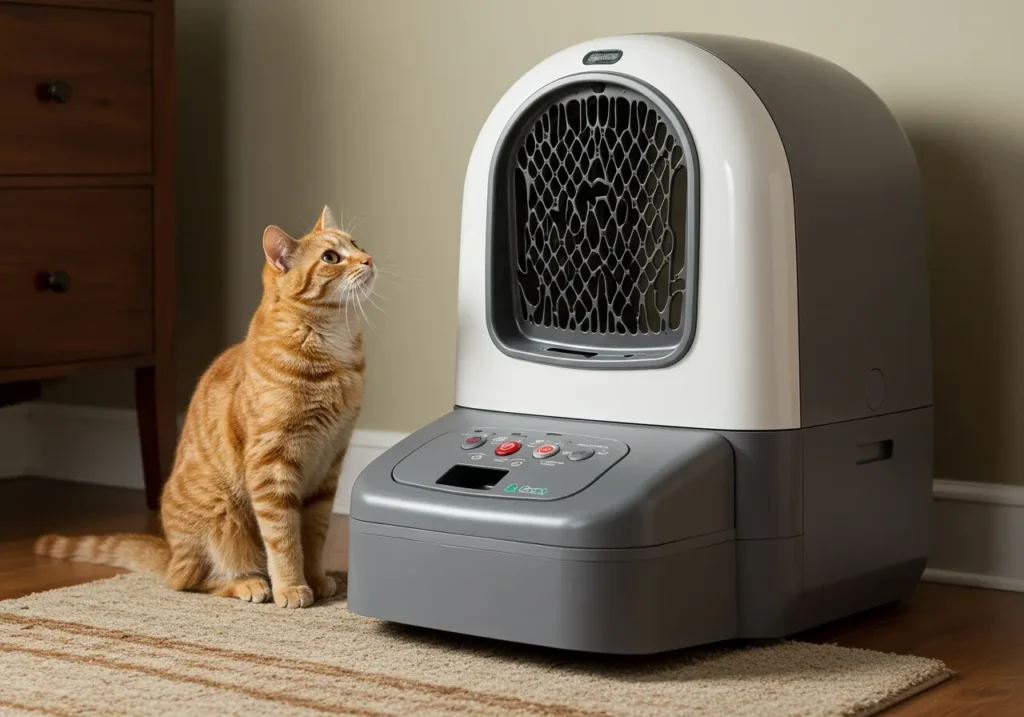
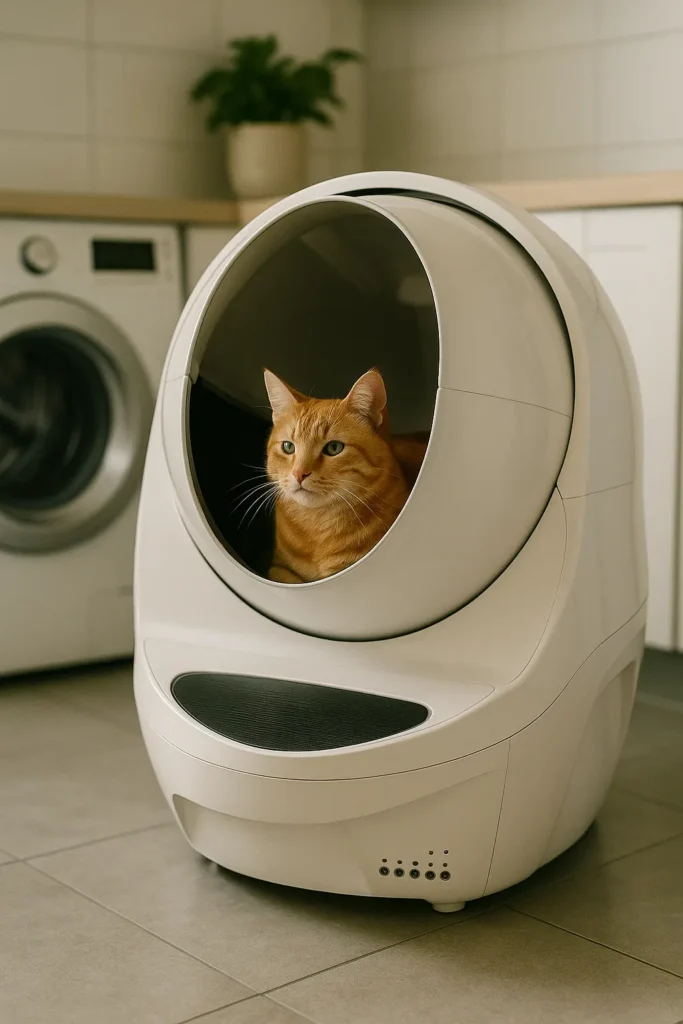
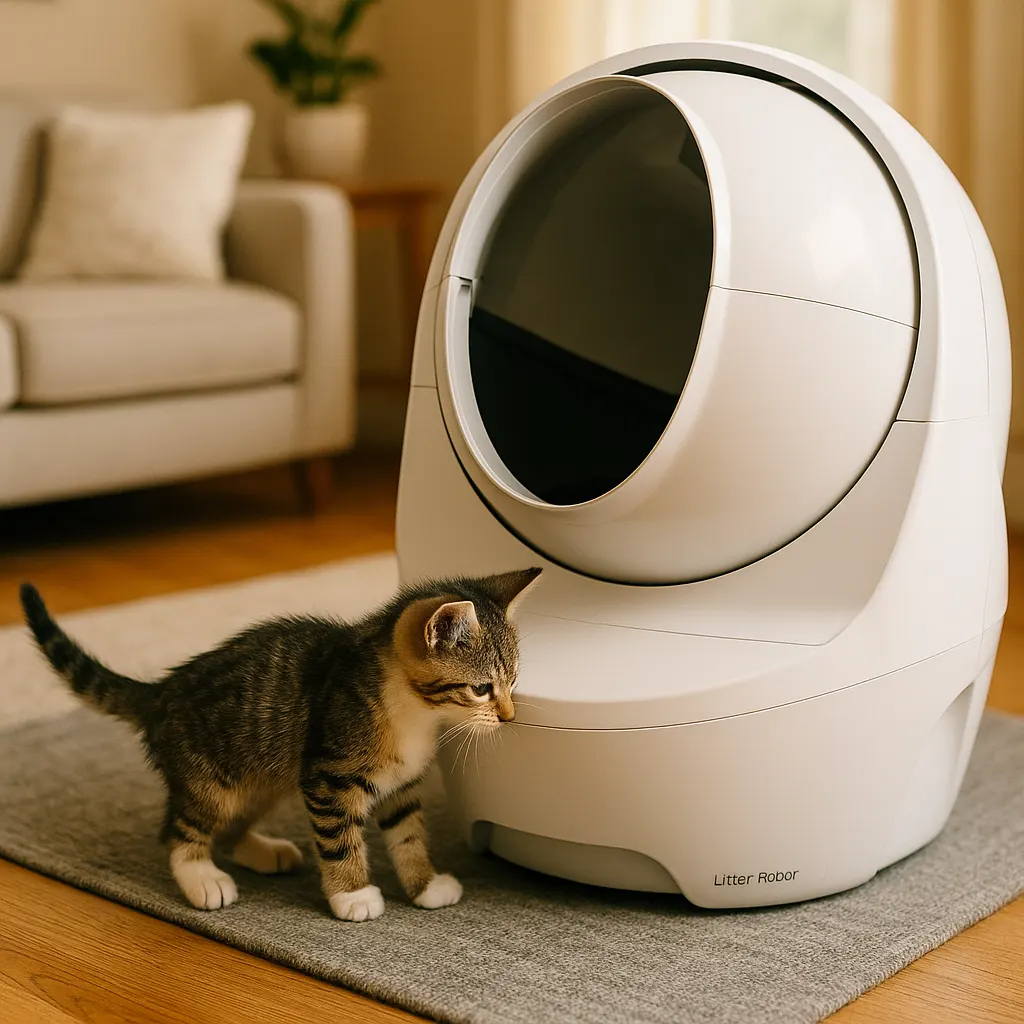
Setting Up the Litter Robot for Success
A smooth training journey starts with a thoughtful setup. First, choose a stable, low-traffic spot where your cat already feels comfortable eliminating. If her old box lives in the laundry room, offer the Litter Robot in the same vicinity. Consistency in location minimizes stress. Place a small rug or mat beneath it to collect stray granules and provide a welcoming landing zone for curious paws.
Next, adjust the globe’s cycle timer and waste drawer placement. For hesitant cats, prolong the cycle delay so the globe rotates less frequently at first. This keeps any unexpected movement to a minimum. Some models allow you to lock the globe manually, so you can remove the self-cleaning function entirely while your cat explores. Always follow the manufacturer’s guidelines for proper litter depth—too little litter can cause discomfort; too much may obstruct the sensors.
Finally, fill the Robot with the same litter your cat loves. Suddenly switching to a fresh, scented brand can create confusion or aversion. If you plan to change to a new formula, do so gradually over weeks, blending in a small portion of the new with her familiar litter. These small tweaks in setup go a long way toward making the Litter Robot feel like a natural next step rather than an alien contraption.
Introducing Your Cat to the Litter Robot
The first encounter should be low-pressure. Leave the unit powered off and globe unlocked for exploration. Encourage your cat with gentle verbal praise and treats placed just inside the entryway. Resist the urge to poke or prod; allow her to choose when she’s ready to investigate. Some cats will circle it out of sheer curiosity, while more cautious felines may need hours—or even days—before stepping in.
Once she starts sniffing and pawing at the litter inside, reward her immediately. Consistent positive reinforcement—such as a small spoonful of tuna or a favorite kibble—associates the Litter Robot with good things. Continue this reward ritual for every interaction, even if she only dips a paw. Over time, her confidence will build, transforming initial wariness into inquisitive playfulness.
When she seems comfortable, engage the self-cleaning function briefly. Observe her reaction: a subtle purr and relaxed posture mean she’s unfazed, whereas a startled leap implies you may need to lengthen the timeout setting. Patience is crucial—rushing this phase can lead to setbacks. Remember that your cat’s trust in you transfers to her trust in new experiences, so maintain a calm, encouraging presence throughout.
Using Positive Reinforcement and Rewards
Cats respond best to immediate, meaningful rewards. If Fluffy attempts a successful elimination in the Litter Robot—not just exploring—celebrate right away. Offer her a tasty treat, a quick chin scratch, or even a burst of playful interaction. Timing is vital: delayed praise may confuse her, making it harder to link the reward with the desired behavior.
In addition to food rewards, use gentle verbal cues. A soft “good job” or her name in a happy tone strengthens the association between her action and your positive reaction. After several days of consistent rewarding, you can start reducing treat frequency gradually, substituting praise and petting. Over time, your cat will internalize the new routine without needing constant external incentives.
Avoid punishment at all costs. Negative reprimands—loud noises, sprayed water, or pushing her away—damage trust and can lead to litter box avoidance. If she has an accident outside the Robot, calmly clean it up without scolding. Revisit earlier training steps: more exploration, longer reward sessions, or adjusting settings. Positive reinforcement preserves her confidence and ensures training remains a pleasant journey for both of you.
Gradual Transition from Traditional Litter Box
Even the most adaptable cat may cling to a familiar litter box. Instead of abrupt removal, keep her old box available alongside the Litter Robot. Gradually reduce the number of scoops in the traditional tray—cats appreciate a clean environment, but they also trust consistency. A dwindling maintenance routine nudges her toward the fresh, self-cleaning unit.
Over the course of one to two weeks, elevate the scent profile of the Litter Robot by adding a small scoop of used litter from her original box. This shared scent acts as a breadcrumb trail, guiding her to the new location. Meanwhile, reduce the depth of litter in the old box slightly, making it marginally less appealing, while ensuring the Robot remains perfectly maintained.
As your cat starts choosing the Robot more frequently, consider relocating the old tray to a more secluded area—perhaps a seldom-used closet—before removing it entirely. This gradual shift respects her need for security during elimination. Celebrate each Robot preference with praise, reinforcing the message that new technology is worth embracing.
Addressing Common Challenges and Troubleshooting
Training seldom follows a straight line. If your cat suddenly hesitates or reverts to old habits, it’s time to troubleshoot. Check for mechanical issues—clogged sensors, improper litter depth, or an overflowing waste drawer can all deter use. Routine maintenance and prompt cleaning ensure the unit remains inviting and odor-free.
Behavioral hurdles may also emerge. A stressed or sick cat may avoid the Robot temporarily. If avoidance persists for more than a few days, consult your veterinarian to rule out urinary tract infections or other health concerns. Simultaneously, reassess the Robot’s location: is there enough privacy? Are there loud noises or other pets nearby? Minor environmental tweaks—adding a privacy screen or moving it away from high-traffic zones—can restore confidence.
Finally, monitor litter preferences. Even cats loyal to one brand sometimes develop new textures or scents they enjoy. If your cat paw-digs excessively or covers poorly, experiment with alternative unscented, clumping litters compatible with the Robot. Always test changes incrementally to avoid overwhelming her just as she’s acclimating.
Special Tips for Kittens vs Adult Cats
Kittens require extra patience. Their motor skills and bladder control are still developing, so they may wander in and out of the Robot unintentionally. Keep the globe on manual mode until your kitten consistently uses it. Reward each successful elimination, and consider playing catch-and-release games around the Robot to build positive associations.
Adult cats may resist longer, recalling past litter box experiences. If your mature cat hesitates, extend the exploration phase—leave the unit unpowered for several days, adding treats inside. Play around it with feather wands or laser pointers, turning the Robot into a stage for fun rather than merely a functional appliance. The more enjoyment you pair with it, the more readily she adapts.
Senior cats with arthritis or mobility issues might struggle with the entry height. Placing a small ramp or sturdy step stool can facilitate easy access. Additionally, ensure the entryway is free of obstacles, and avoid sudden cycle starts when they’re inside. A few simple accommodations demonstrate your commitment to their comfort and encourage consistent use.
Maintaining and Cleaning Your Litter Robot
Consistent upkeep keeps the Litter Robot inviting. Empty the waste drawer as indicated—typically every few days for one cat. If it overflows, odors can build up quickly, driving your cat back to the old tray. Regularly wipe the globe interior with a mild, unscented cleaner to remove residue and prevent bacterial growth.
Replace carbon filters or deodorizers according to manufacturer recommendations. Even the most trusting cat may balk at foul smells escaping the unit. Situated in a well-ventilated area, the Robot should remain odor-controlled, signaling to your cat that it’s a safe, clean space for elimination.
Finally, inspect moving parts monthly. Loose components or erratic cycling noises can alarm sensitive felines. Tighten any loose connections and address unusual sounds promptly. A smoothly operating, quietly rotating globe assures your cat that the Litter Robot is a reliable, beneficial upgrade—one she can depend on daily.
